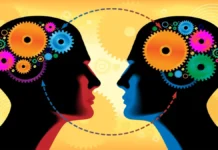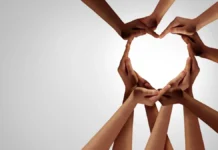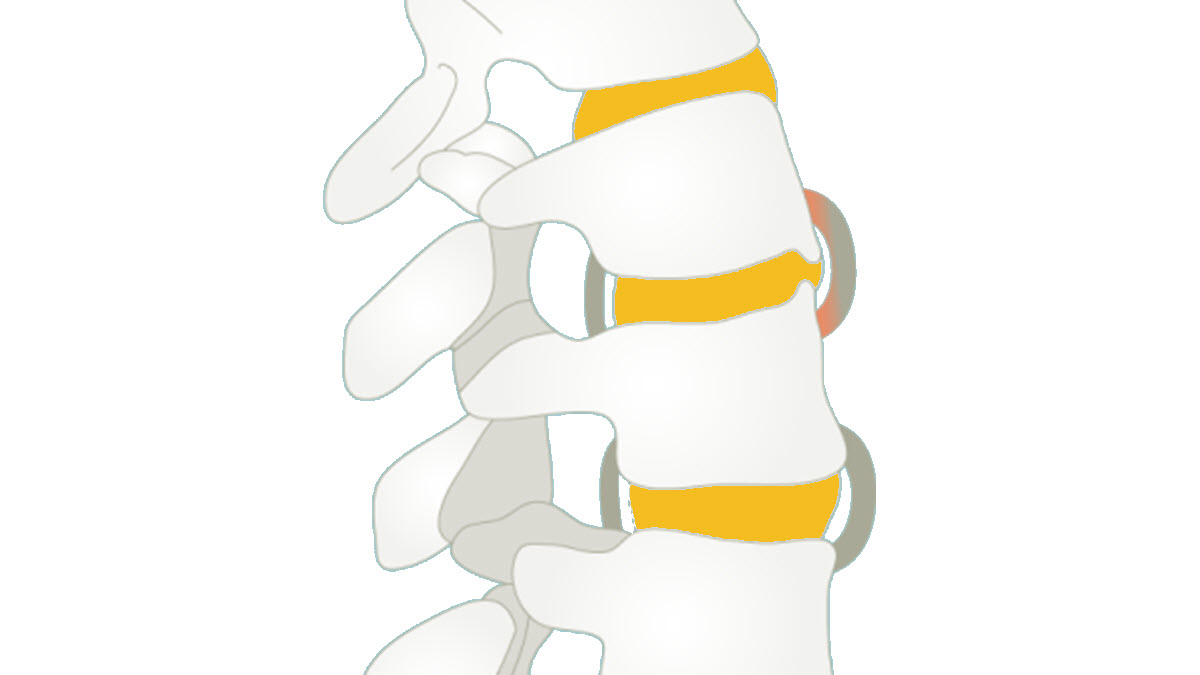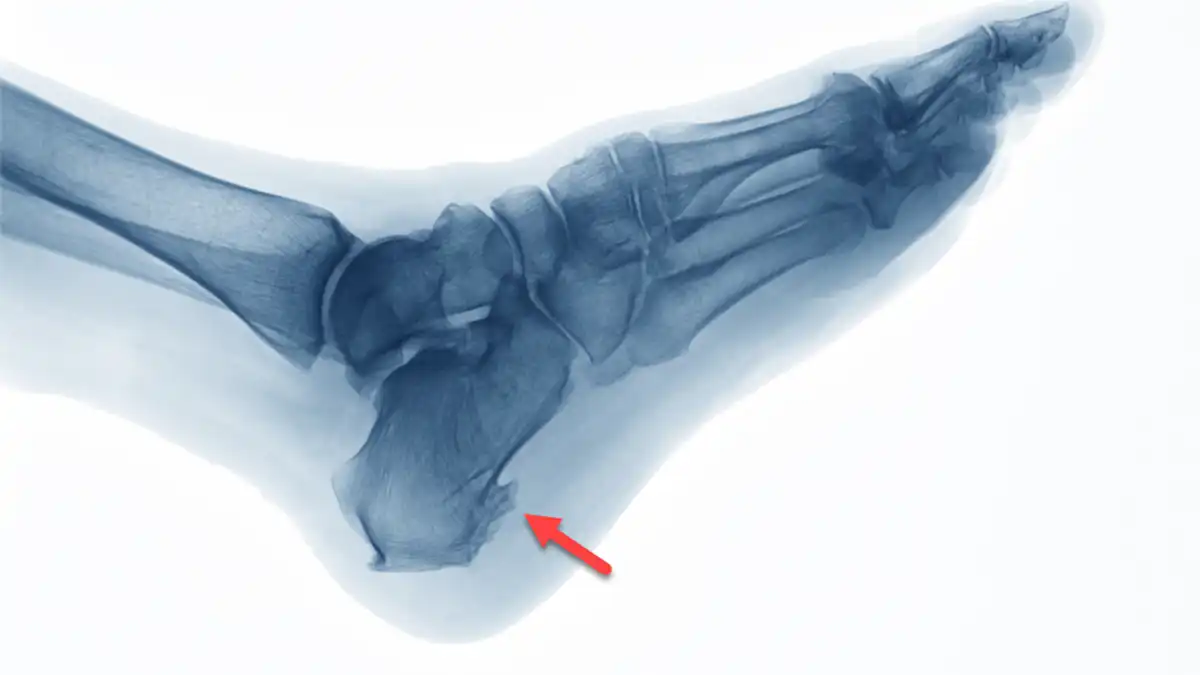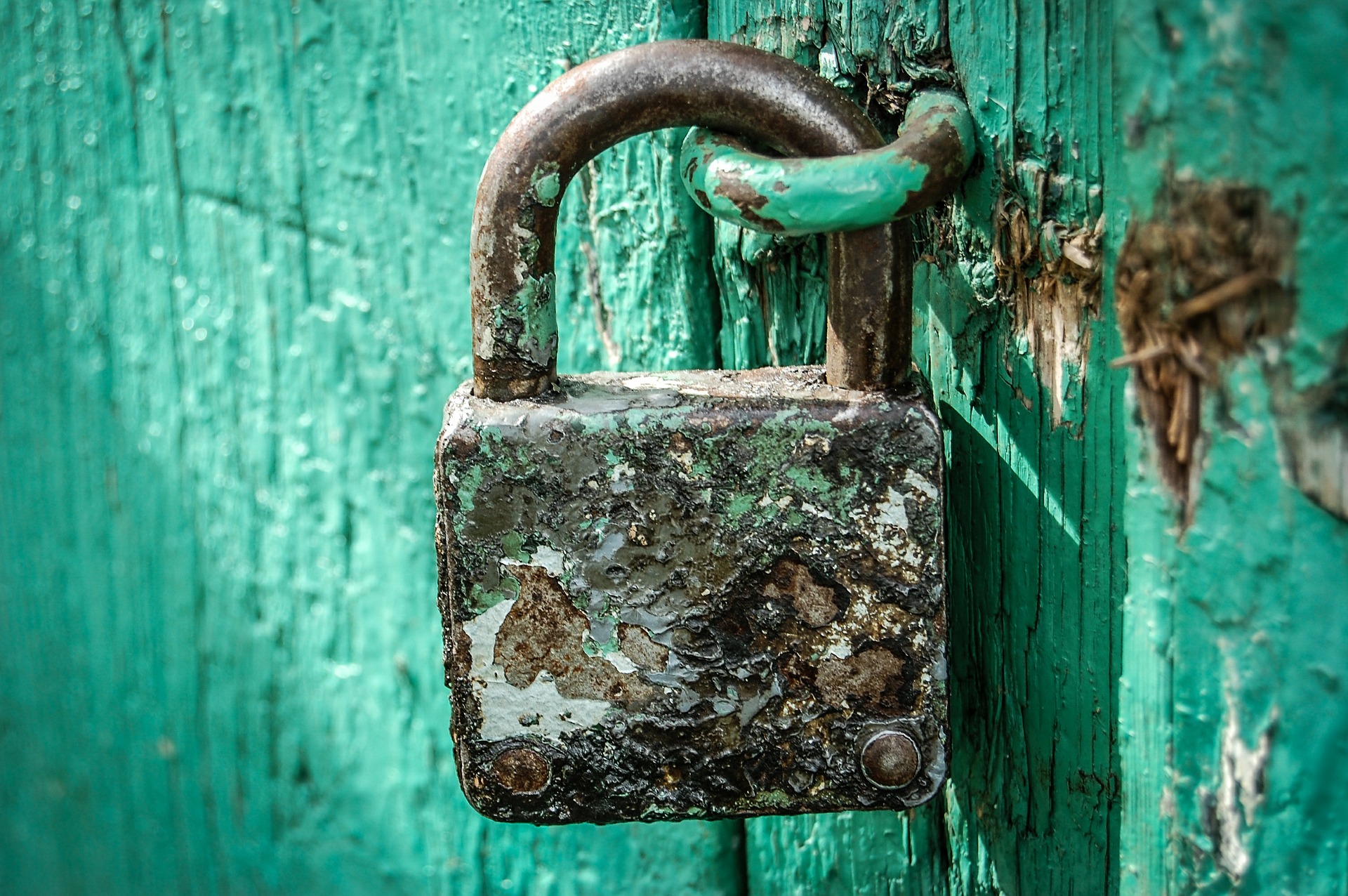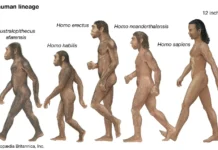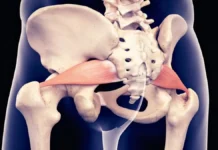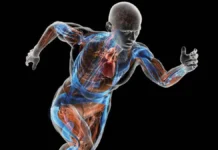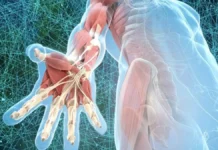Introduction to Energetic Medicine and Its Relevance to Osteopathy
Energetic Medicine is a holistic approach that views health and healing through the lens of energy systems within the body. Unlike traditional Western medicine, which primarily focuses on the physical and biochemical aspects of health, Energetic Medicine emphasizes the flow and balance of energy as fundamental to well-being. This approach draws from ancient healing traditions, such as Traditional Chinese Medicine (TCM) and Ayurveda, and integrates modern techniques to address imbalances that may affect both physical and emotional health.
At its core, Energetic Medicine operates on the principle that the human body is not just a collection of physical parts but also a dynamic system of energy. This energy is believed to flow through specific pathways or channels, such as meridians in TCM, or through energy centers like chakras in various Eastern traditions. When this flow is disrupted or blocked, it can lead to various health issues, ranging from chronic pain to emotional disturbances. Techniques used in Energetic Medicine, such as acupuncture, Reiki, and Qi Gong, aim to restore balance and harmony within these energy systems, promoting self-healing and overall wellness.
In contrast, traditional medical approaches often concentrate on diagnosing and treating specific symptoms or diseases through physical interventions, medications, and surgeries. While these methods are effective in addressing acute conditions and managing symptoms, they may not always consider the broader context of a patient’s energy balance and its impact on their overall health. Energetic Medicine offers a complementary perspective that can enhance traditional treatments by addressing underlying energy imbalances that may contribute to or exacerbate health issues.
The relevance of Energetic Medicine to osteopathy is particularly compelling. Osteopathy, with its holistic focus on the interrelationship between the body’s structure and function, aligns well with the principles of Energetic Medicine. Osteopathic practitioners emphasize the body’s innate ability to heal itself and the importance of maintaining proper alignment and function to support this healing process. Integrating Energetic Medicine into osteopathic practice can provide a more comprehensive approach to patient care by addressing not only the structural and mechanical aspects of health but also the energetic and systemic dimensions.
For instance, osteopaths who incorporate Energetic Medicine techniques may use practices like energy balancing or meridian-based treatments to complement their manual therapies. This integration can enhance the therapeutic effects of osteopathic adjustments, support the body’s natural healing processes, and offer patients a more rounded approach to wellness. By recognizing and addressing energy imbalances, osteopaths can potentially improve outcomes for conditions such as chronic pain, stress-related disorders, and even musculoskeletal issues.
Furthermore, the principles of Energetic Medicine can enrich the osteopathic understanding of the mind-body connection. Many osteopathic treatments involve manual techniques that influence not only the physical structure but also the patient’s overall sense of well-being. Combining these techniques with energy-focused approaches may deepen the practitioner’s ability to address both physical and emotional aspects of health, leading to more holistic and effective care.
Historical Background of Energetic Medicine
Energetic Medicine, a field that views health and disease through the prism of the body’s energy systems, has roots that trace back thousands of years to ancient healing traditions. These traditions laid the foundation for what has evolved into modern Energetic Medicine, integrating age-old wisdom with contemporary scientific understanding.
Origins of Energetic Medicine
The concept of energy as a vital force has been central to several ancient medical systems, notably Traditional Chinese Medicine (TCM) and Ayurveda. In TCM, which dates back over 2,500 years, the concept of Qi (pronounced “chee”) is fundamental. Qi is considered the life force that flows through the body along pathways known as meridians. According to TCM, health is the result of a balanced flow of Qi, while illness occurs when this flow is blocked or unbalanced. TCM practitioners developed various techniques to influence Qi, including acupuncture, acupressure, and Qi Gong, all aimed at restoring balance and harmony within the body’s energy systems.
Similarly, Ayurveda, which originated in India over 3,000 years ago, is deeply rooted in the idea of energy balance. Central to Ayurveda is the concept of Prana, the life energy that flows through the body. Ayurveda identifies three primary energy types or doshas—Vata, Pitta, and Kapha—each representing different elements and forces within the body. The balance among these doshas determines a person’s health, and imbalances are thought to lead to disease. Ayurvedic practices, such as yoga, meditation, herbal treatments, and dietary adjustments, are designed to maintain or restore this balance, emphasizing the interconnectedness of body, mind, and spirit.
Beyond TCM and Ayurveda, other ancient cultures also recognized the significance of energy in health. For example, Ancient Egyptian and Greek healing practices often referred to a vital force or energy that sustained life and influenced health. In Ancient Greece, the concept of the pneuma—a vital spirit or breath—was believed to be the essence of life and was thought to circulate through the body, playing a crucial role in maintaining health.
Modern Developments in Energetic Medicine
As these ancient practices evolved, the concept of energy in medicine persisted, eventually merging with more modern ideas and practices. The 20th century marked significant developments in Energetic Medicine, with increased interest in exploring and scientifically validating these ancient concepts within the context of modern healthcare.
One of the most notable advancements was the development of Reiki in the early 20th century by Mikao Usui in Japan. Reiki, which translates to “universal life energy,” involves the practitioner channeling energy into the patient through touch, promoting healing and balance. Reiki became popular worldwide, particularly in the West, where it is now widely practiced as a complementary therapy.
In parallel, the field of bioenergetics emerged, combining psychological theories with energetic concepts. Pioneers like Wilhelm Reich, who was a student of Sigmund Freud, explored the idea that emotional and psychological issues are stored in the body as energy blocks. Reich’s work laid the groundwork for various body-oriented therapies that focus on releasing these blocks to improve mental and physical health.
The latter half of the 20th century saw further integration of Energetic Medicine into Western practices, spurred by a growing interest in holistic health. The rise of acupuncture as a recognized treatment in Western medicine, especially after President Nixon’s visit to China in 1972, brought TCM practices to the forefront of alternative medicine. Acupuncture’s acceptance into mainstream healthcare marked a significant milestone, as it demonstrated that ancient energy-based practices could coexist with and complement conventional medical treatments.
Quantum healing is another contemporary development in Energetic Medicine, popularized by figures like Deepak Chopra. Quantum healing merges the principles of quantum physics with holistic healing practices, suggesting that the body’s energy fields can be influenced at the quantum level to promote healing. While this approach is often met with skepticism in the scientific community, it has gained a considerable following among those seeking alternatives to traditional medicine.
Today, Energetic Medicine continues to evolve, with ongoing research and exploration into the scientific basis of energy healing. Advances in biofield science, which studies the electromagnetic fields generated by living organisms, are beginning to provide a bridge between ancient energetic concepts and modern scientific understanding. Researchers are investigating how these biofields influence health and disease, potentially validating and expanding the scope of Energetic Medicine.
Key Concepts in Energetic Medicine
Energetic Medicine is built upon several fundamental concepts that revolve around the understanding and manipulation of energy within the human body. These concepts are crucial for practitioners aiming to balance and restore health through non-invasive, energy-based techniques.
Energy Systems
One of the core principles of Energetic Medicine is the existence of energy systems that govern the flow of life force within the body. The most widely recognized systems include the meridian system, chakras, and the biofield.
- Meridian System: Originating from Traditional Chinese Medicine (TCM), the meridian system is a network of energy channels through which Qi (life force) flows. There are twelve primary meridians corresponding to major organs, such as the liver, heart, and lungs, and each meridian is associated with specific physical and emotional functions. The smooth flow of Qi through these meridians is considered essential for maintaining health, and disruptions in this flow are believed to lead to illness or discomfort.
- Chakras: Stemming from ancient Indian traditions, chakras are energy centers within the body that correspond to different aspects of our physical, emotional, and spiritual health. There are seven main chakras, each located along the spine, from the base (root chakra) to the crown of the head (crown chakra). Each chakra is associated with specific organs, emotions, and spiritual themes. For example, the heart chakra is linked to love and compassion, while the throat chakra governs communication. Balanced chakras are believed to promote overall well-being, while imbalances can manifest as physical or emotional issues.
- Biofield: The biofield refers to the electromagnetic field that surrounds and permeates the human body. This concept is more recent and aligns with modern scientific exploration into the body’s subtle energy fields. The biofield is thought to reflect the body’s physical, emotional, and mental states, and disturbances in the biofield can indicate underlying health issues. Biofield therapies, such as Healing Touch or Therapeutic Touch, aim to clear and balance these energies to support healing.
Energy Blockages
Energy blockages are a central concern in Energetic Medicine. They are thought to occur when the natural flow of energy through the body’s systems is disrupted, leading to imbalances that can manifest as physical, emotional, or mental health problems.
- Physical Manifestations: Blockages in energy flow can contribute to chronic pain, fatigue, digestive issues, and other physical symptoms. For example, in TCM, a blockage in the meridians associated with the liver might lead to symptoms like irritability, headaches, or digestive problems. In Ayurvedic terms, an imbalance in the Vata dosha could result in anxiety, insomnia, or joint pain.
- Emotional and Mental Health: Energy blockages can also impact emotional and mental well-being. For instance, a blocked heart chakra might lead to difficulties in forming relationships or expressing emotions, while a blocked third eye chakra could affect intuition and clarity of thought. These blockages can create patterns of negative thinking, emotional instability, or even contribute to mental health conditions such as depression or anxiety.
- Holistic Impact: The holistic nature of Energetic Medicine means that energy blockages are seen as affecting the entire being—body, mind, and spirit. Therefore, addressing these blockages is considered essential not only for resolving specific symptoms but also for promoting overall harmony and well-being.
Techniques in Energetic Medicine
Various techniques are employed in Energetic Medicine to assess, clear, and balance the body’s energy systems. These techniques range from ancient practices to more modern approaches, each with its unique methodology and applications.
- Acupuncture: Acupuncture is a key practice within TCM, involving the insertion of thin needles into specific points along the meridians. This technique aims to stimulate the flow of Qi, alleviate blockages, and restore balance within the body. Acupuncture is widely recognized for its effectiveness in pain management, stress reduction, and treatment of various chronic conditions.
- Reiki: Reiki is a Japanese healing technique where practitioners channel energy into the patient by placing their hands on or near the body. The goal of Reiki is to activate the body’s natural healing processes, reduce stress, and restore physical and emotional well-being. Reiki is non-invasive and can be used to complement other medical or therapeutic treatments.
- Quantum Healing: Quantum Healing is a more recent approach that combines principles from quantum physics with energy healing practices. It suggests that the mind and consciousness can influence the body’s energy fields at a quantum level, promoting healing and transformation. Techniques may involve visualization, meditation, and other mind-body practices aimed at harnessing the power of intention and consciousness to heal.
- Healing Touch: Healing Touch is a biofield therapy that involves the practitioner using their hands to influence the patient’s energy field. This technique is used to clear blockages, restore balance, and support the body’s natural healing abilities. Healing Touch is often used in conjunction with other therapies to enhance overall well-being and facilitate recovery.
Integrating Energetic Medicine with Osteopathy
Complementary Approaches: Discuss how Energetic Medicine can complement osteopathic treatments and enhance patient outcomes.
Case Studies: Provide examples or case studies where Energetic Medicine has been successfully integrated into osteopathic practice.
Practical Applications: Offer practical tips on how osteopaths can incorporate Energetic Medicine principles into their practice.
Benefits and Considerations
- Potential Benefits: Highlight the potential benefits of incorporating Energetic Medicine into osteopathic care, such as improved patient outcomes and holistic healing.
- Challenges and Considerations: Discuss any challenges or considerations, including the need for further research and the importance of practitioner training.
Conclusion
- Summary of Key Points: Recap the main points discussed in the blog.
- Future Directions: Suggest areas for future research or exploration in the field of Energetic Medicine and its integration with osteopathy.




